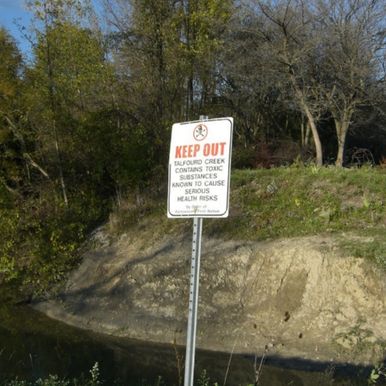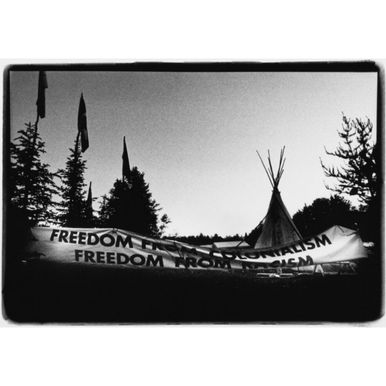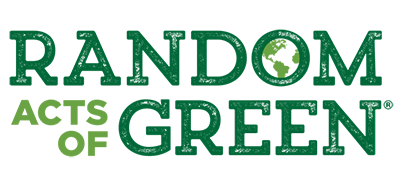Environmental Racism In Canada
Racism is the prejudice or discrimination by an individual, community, or institution against a person or people based on their membership in a particular racial group. This usually happens with a marginalized group.
Now that we know what racism is, we should also know what environmental racism is.
Environmental racism is a form of racism that refers to how minority neighbourhoods are burdened with a disproportionate number of hazards. Hazards can include toxic waste facilities, garbage dumps, and other sources of environmental pollution.
Environmental racism can also refer to environmental policies, acts, and decisions that, intentionally or not, disproportionately disadvantage racialized individuals, groups, and
communities. Let’s look at some examples of environmental racism.
As an Indigenous person who experienced environmental racism growing up, environmental racism means not being able to experience fresh air growing up. It also means having to play indoors and not being able to play in the creek that runs beside my house because of chemical leaks and runoffs in the water.
With this being said I am not the only person to have an experience like this. Many indigenous communities experience environmental racism on a day-to-day basis and live with the health hazards present in the places they call home.
Examples of Environmental Racism In Canada
In Canada, many indigenous communities are affected by environmental racism. This is primarily because the industrialization of Canada does not coincide with the traditional values indigenous peoples base on the land.
Grassy Narrows
One historical example of environmental racism is the mercury poisoning in
Asupeeschoseewagong First Nation, otherwise known as Grassy Narrows.
The discovery of mercury poisoning began in 1970, and have had long-lasting effects. The mercury had poisoned the fish in the English-Wabigoon river system which was Grassy Narrows main source of food.
Between 1962 and 1970 a pulp and paper mill that was upstream from Grassy Narrows dumped 9000 kilograms of mercury into the English-Wabigoon river system. This has effects on both aquatic life and as result human health.
There are different types of mercury poisoning, however the people of Grassy Narrows First Nation were poisoned through methylmercury poisoning from fish. The signs and symptoms of mercury poisoning include disturbances in peripheral vision, sensations, coordination and walking, speech and hearing, and muscle strength.
Chemical Valley
Another example of environmental racism is Aamjiwnaang First Nation. Aamjiwnaang is located right in the middle of several petrochemical plants, also known as Chemical Valley. A by- product of these petrochemical plants is an increased amount of chemicals released into the air around Aamjiwnaang.
Aamjiwnaang is home to over 900 residents. These residents use the land for traditional medicines, growing gardens, hunting, and fishing. The release of chemicals into the environment can cause residents to inhale or ingest these chemicals resulting in health hazards.
In a study testing 43 mother-child pairs from Aamjiwnaang for pollutants in blood, urine and hair samples found higher than average for chemicals such as cadmium and polychlorinated biphenyls (PCBs). In another study documenting the sex ratio of boys to girls in Aamjiwnaang.
They found that between 1999 and 2003 the sex ratio of girls to boys was 33 percent for boys and 67% for girls.
Long-Term Drinking Water Advisories
Finally, we should look at the existence of long-term drinking water advisories for over 28 indigenous communities in Canada. As we know one of the sustainable development goals was
clean drinking water and sanitation for all. However, we have noted that there are still a considerable number of Indigenous communities without clean drinking water today.
As result of these long-term drinking water advisories Indigenous communities are 26 times higher to report gastrointestinal infections. This shows that the water in Indigenous communities is contaminated and may cause further health problems for the people in the community.
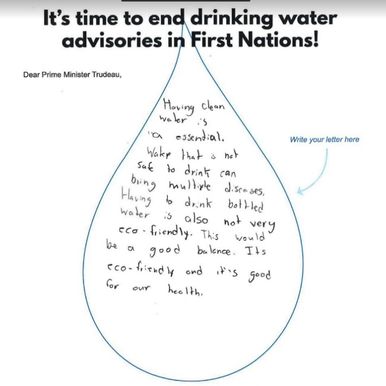
To understand the impact of drinking water advisories you can look on the Government of Canada website and read about the communities that still have and recently acquired drinking
water advisories.

Author
Michaela
Nahmabin-Hiltz
Loves all things furry, and a kind and friendly person. A nature walk is my best friend in the
Summer, Spring and Fall. I’m a Western University student who is passionate about health
promotion and making our space a healthy place!
Join Our Email Community
Gain exclusive access to green trends, tips, and tricks when you sign up for our free newsletter. Enter your email to join our community of changemakers!
How You Can Support Indigenous Communities
One way to support Indigenous communities in Canada is to support Bill C-226. This bill proposes to have the government examine the link between race, and socio-economic status, and
advance environmental justice.
Indigenous communities are not the only people to experience environmental racism, therefore by supporting this bill, you support all future actions against environmental racism.
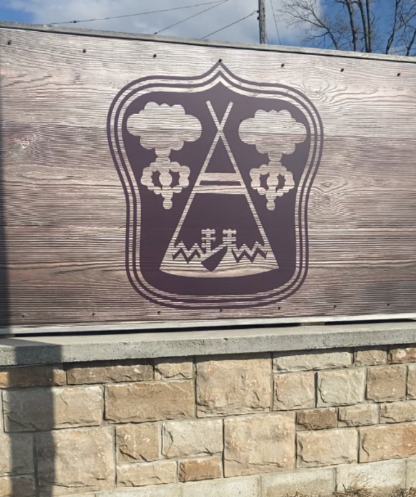
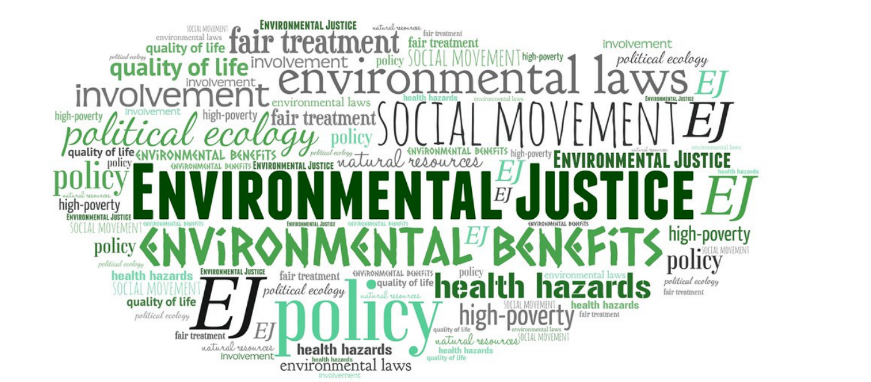
Random Acts of Green is committed to using our platform to help amplify the voices and the work being done by grassroots organizations to confront injustice.
Intersectional Environmentalism, is an inclusive vision for environmentalism that advocates for both the protection of people and the planet. It identifies how injustices that are happening to marginalized communities and the earth – are interconnected. It brings injustices done to the most vulnerable communities, and the earth, to the forefront, and does not minimize or silence inequality.

Global impact must start at the local level so we have included organizations working both near our headquarters in Nogojiwanong aka Peterborough, Ontario, and across Turtle Island aka North America. Get connected with these organizations working at key intersections of race and the environment.
environmental racism definition
examples of environmental injustice
canada pollution first nations
More Blog Posts:
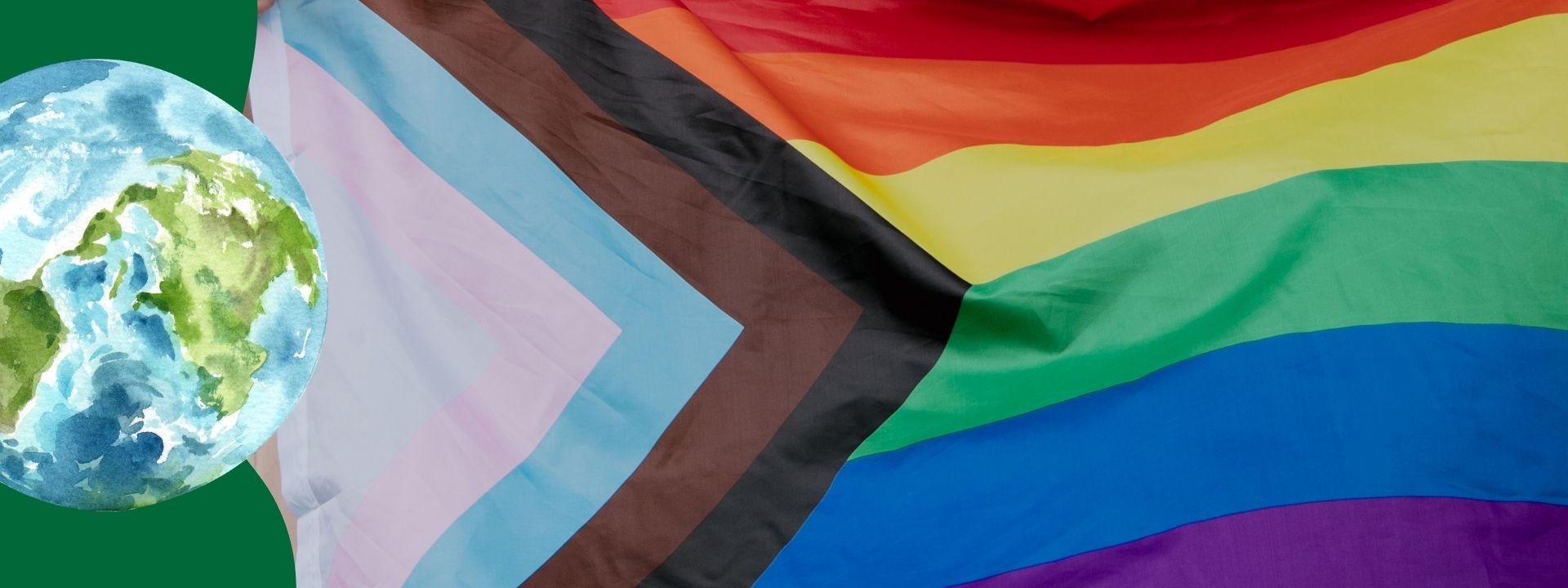
Sustainable LGBTQ Owned Brands and Organizations To Support For Pride Month (and beyond!)
Sustainable LGBTQ owned Businesses to support! Learn about the connection between this community & their inclusion in the environmental movement.

The Guide to Veganuary!
Whether you are going full vegan or starting to eat less meat, our guide to veganuary will help you go plant-based in 2023.


